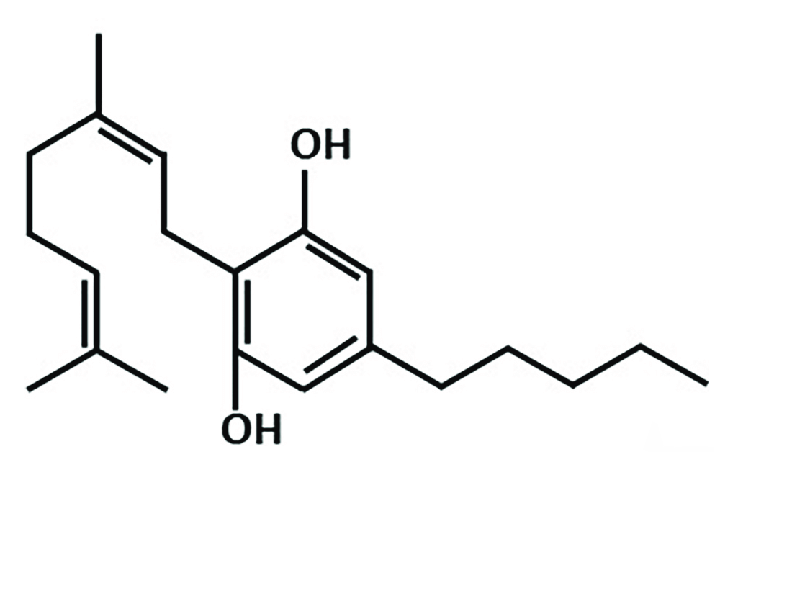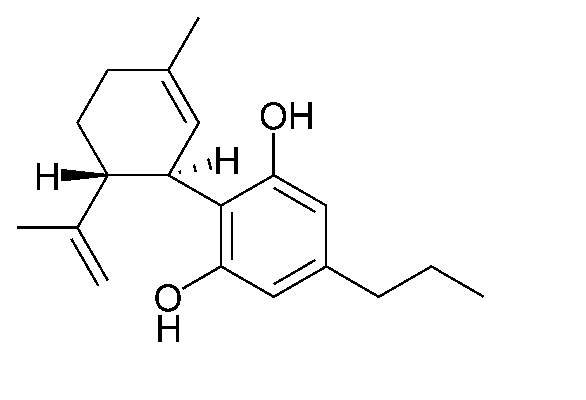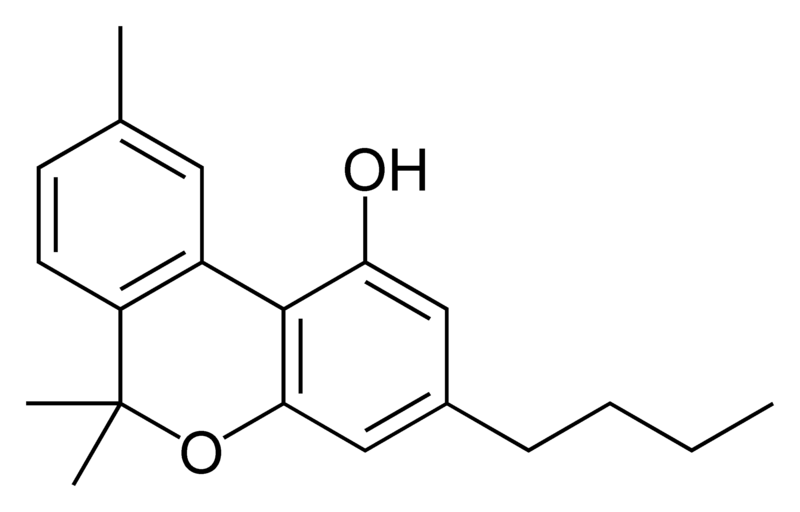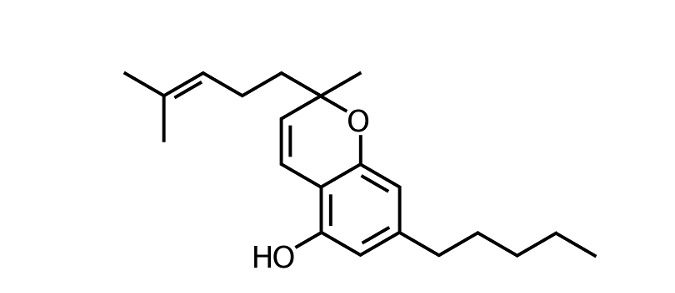What are cannabinoids? What are CBG, CBDV, CBN, CBC, etc.?
CBD and THC alone, although present in the highest percentage, are only the tip of the mountain when it comes to the variety of cannabinoids contained in Cannabis sativa. There are more than 100 types known, some of which are:
CBG – cannabigerol
 Called the primary cannabinoid, it is the precursor from which enzymes produce the other cannabinoids. It has no psychoactive effect. It has anti-inflammatory, analgesic, antiemetic, neuroprotective, vasodilatory effects, slows down the proliferation of cancer cells. There are varieties rich in CBG, e.g. the French Santica variety, or obtained from other strains harvested a few weeks before flowering.
Called the primary cannabinoid, it is the precursor from which enzymes produce the other cannabinoids. It has no psychoactive effect. It has anti-inflammatory, analgesic, antiemetic, neuroprotective, vasodilatory effects, slows down the proliferation of cancer cells. There are varieties rich in CBG, e.g. the French Santica variety, or obtained from other strains harvested a few weeks before flowering.
CBDV – cannabidivarin
 One of the cannabinoids which occur in smaller concentrations, in the so-called minor cannabinoids. In terms of structure, it is a homologue of CBD and similar to it. CBDV has no psychoactive effect. CBDV is tested because of its anti-epileptic properties, improvement of cognitive functions, especially regarding autism spectrum disorders, as well as memory processes. It has strong anti-inflammatory and analgesic effects, improves muscle function in Duchenne dystrophy. Reduces the feeling of nausea. CBDV-rich strains are more common among Indica types, especially in landrace strains, i.e. the original ones not subjected to cross-breeding processes.
One of the cannabinoids which occur in smaller concentrations, in the so-called minor cannabinoids. In terms of structure, it is a homologue of CBD and similar to it. CBDV has no psychoactive effect. CBDV is tested because of its anti-epileptic properties, improvement of cognitive functions, especially regarding autism spectrum disorders, as well as memory processes. It has strong anti-inflammatory and analgesic effects, improves muscle function in Duchenne dystrophy. Reduces the feeling of nausea. CBDV-rich strains are more common among Indica types, especially in landrace strains, i.e. the original ones not subjected to cross-breeding processes.
CBN – cannabinol
 Unlike other phytocannabinoids, it is not formed from the metabolism of cannabigerol. It is a product of THCA oxidation processes that occur during the "ageing" of Cannabis sativa. Its content increases with the extension of storage time as well as during drying of the cannabis plant. Like THC, it is a minor agonist at CB1 and CB2 receptors, although it does not exhibit psychoactive effects. CBN has significant analgesic, appetite-stimulating and sleep-promoting effects. It influences the immune system by acting anti-inflammatory.
Unlike other phytocannabinoids, it is not formed from the metabolism of cannabigerol. It is a product of THCA oxidation processes that occur during the "ageing" of Cannabis sativa. Its content increases with the extension of storage time as well as during drying of the cannabis plant. Like THC, it is a minor agonist at CB1 and CB2 receptors, although it does not exhibit psychoactive effects. CBN has significant analgesic, appetite-stimulating and sleep-promoting effects. It influences the immune system by acting anti-inflammatory.
CBC – cannabichromene
 Similarly to CBD and THC, it is formed from CBG transformation under the influence of enzymes. It has no psychoactive effect. By activating TRPA1 and TRPV1 receptors, it increases natural endocannabinoids such as anandamide. It also exhibits analgesic, anti-inflammatory effects. Research proves its positive influence on the central nervous system - it stimulates neurogenesis, i.e. the creation of new nerve cells, especially astroglia. Moreover, significant anti-acne and anti-cancer effects have been observed - second in terms of effectiveness after CBG.
Similarly to CBD and THC, it is formed from CBG transformation under the influence of enzymes. It has no psychoactive effect. By activating TRPA1 and TRPV1 receptors, it increases natural endocannabinoids such as anandamide. It also exhibits analgesic, anti-inflammatory effects. Research proves its positive influence on the central nervous system - it stimulates neurogenesis, i.e. the creation of new nerve cells, especially astroglia. Moreover, significant anti-acne and anti-cancer effects have been observed - second in terms of effectiveness after CBG.











